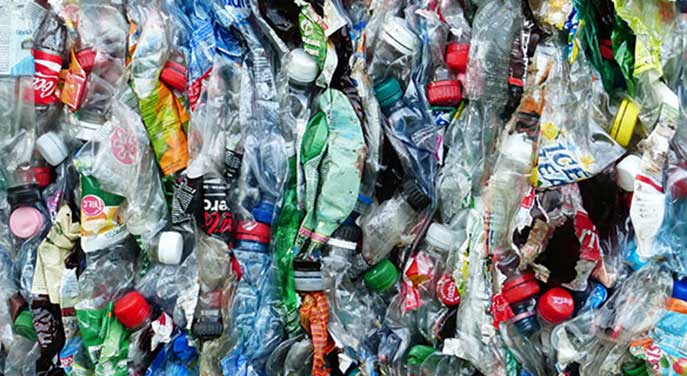As adults, we’re all doing our bit towards making the planet a better place for everyone to live. Given that almost two-thirds of the ozone has already gone, a similar amount of forest land has been harvested and not replanted, and almost all of the bigger fish species have been depleted, everyone needs to get onboard with saving the planet we all live on; even our kids.
 Our children will be living on the planet long after we’re gone. They need to understand the importance of preserving what remains on the planet and finding different ways to avoid depleting what’s left.
Our children will be living on the planet long after we’re gone. They need to understand the importance of preserving what remains on the planet and finding different ways to avoid depleting what’s left.
We’re in This Together
While as people, we tend to act separately, cooperation is what’s needed to get successful environmentally positive projects off the ground.
For instance, the TerraCycle and Pepsi joint initiative in K-12 schools regarding drink container recycling programs has been a big success. People who joined in used goal tracking, received tips on making recycling easier, and had fun joining in. There were also regular chances to win prizes from gift cards up to substantial monetary prizes too.
Getting children involved at the school level in recycling efforts gets the message across with the assistance of the educational establishments. Learning these lessons at a young, impressionable age means it’s more likely to become a lifelong habit to think about recycling and using reusable water bottles.
Parents can also then take the lead in teaching other lessons connected to recycling, biodegradable products and other plant positive actions.
Composting and the Cycle of Life
Biodegradability and composting are interesting subjects for kids who like learning about things which grow in the backyard. They’re often curious about the compost bin at the very end of the garden area but don’t usually understand what’s it’s for or how it works.
Explaining that plant life grows from a seed, has a lifespan and then dies, provides an interesting illustration about life in general. At the end of a plant’s life, the organic materials can be broken down over time because they are biodegradable. You can explain that many brown colored leaves and old parts of a plant can degrade over time into smaller parts and later be used as fertilizer to help other plants grow. Some leftover food can also be used in compost bins because it was originally grown from plant life too.
Product Containers Can Be Biodegradable or Compostable
Every product comes in a package to avoid it getting damaged or contaminated. This is needed, but the packages soon end up at landfill. To avoid this, it’s better to use products with compostable or biodegradable packaging.
Some products are home compostable materials and others are industrially biodegradable. This means that some can break down in a home compost bin in maybe 10-15 weeks and other packages need to use a commercial composting facility to help them break down. This works when the materials were original plant based.
Teach kids that by sticking with green packaging, it’s possible to save money while saving the planet. Being renewable, plant-based packaging is affordable too. Even smaller items like Glorybrew Coffee Pods for Keurig coffee machines use individual plant-based packaging that’s industrially compostable. This shows children that even something that looks disposable can be made from plants and still be good for the environment.
There’s much more happening on the environmental front that children can learn about. The Zero Waste initiative in NYC schools is one such case in point. This also feeds into why we should avoid waste going to landfill and how plant life is renewable and breaks down in just a few weeks in a compost bin. Companies are pursuing zero waste or low waste initiatives to avoid creating unnecessary waste. Everything counts to save the planet, and we can all do our bit.
This content is a joint venture between our publication and our partner. We do not endorse any product or service in the article.

